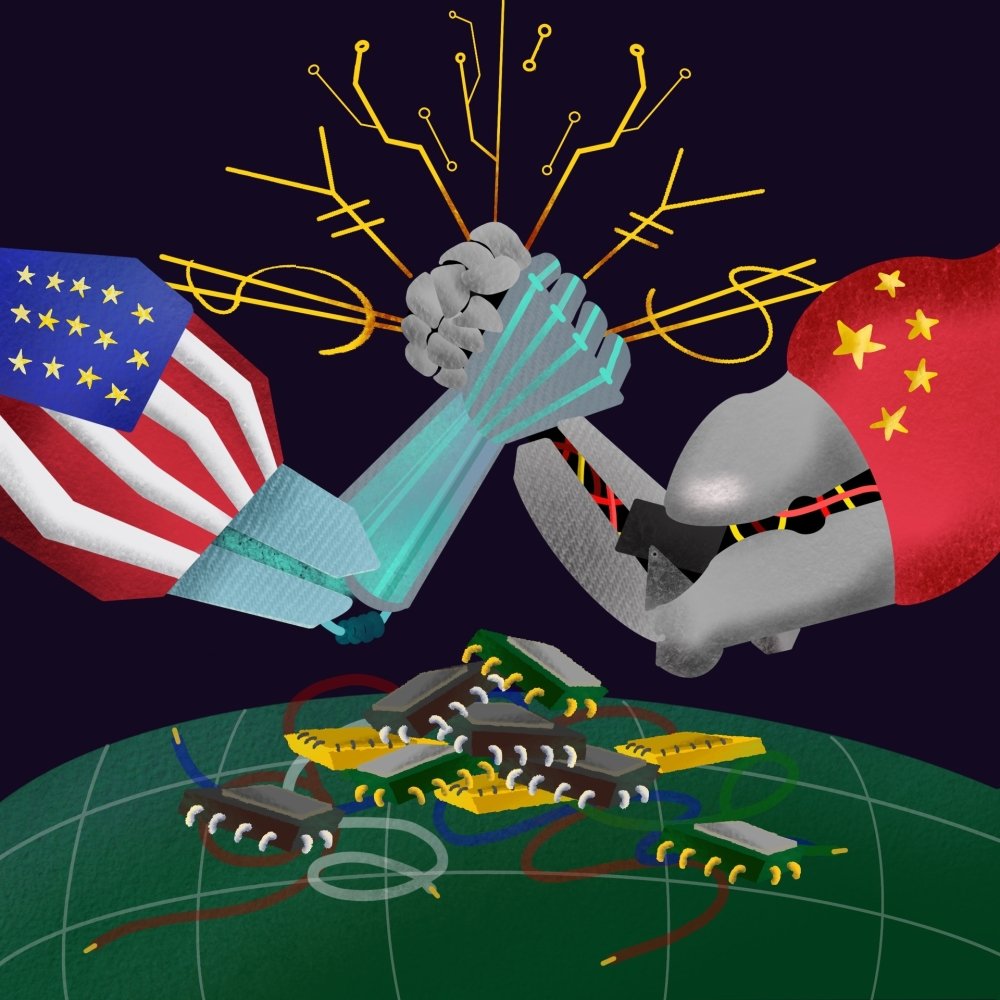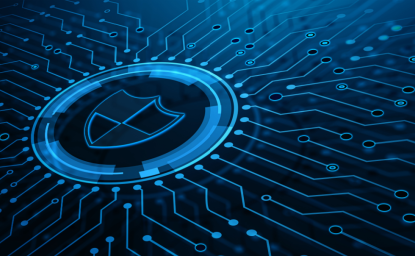
A blog of the Science and Technology Innovation Program
Over the past week, as balloon-watching became the national hobby and geopolitical tensions between the United States and China ratcheted ever higher, the same question kept popping up in online debates and in DC happy hours alike: Why didn’t the U.S. military shoot the Chinese spy balloon down sooner?
Why was it allowed to float leisurely from Montana through the American heartland and out over the Carolinas, collecting data along its way and beaming it back to Beijing: a wandering breach of sovereign airspace?
These questions aren’t inflated. But they overlook a deeper problem: When it comes to Chinese espionage, what Americans can see in the sky is often not as dangerous as what we can’t. China’s remarkable capacity to conduct cyber espionage operations and to deploy commercial technologies and spyware against American citizens is a much greater risk. Balloon-gate aside, America needs to learn how to distinguish what we can see from what we should be worried about.
A Public Outcry
The story of China’s balloon shows us why. As it coasted toward the Atlantic Ocean, some people took to Twitter and burnished their anti-China bona fides by offering increasingly aggressive—and sometimes, increasingly ridiculous—critiques of the Biden administration. The administration, in turn, pushed back: arguing that shooting the balloon down over land was risky. Uncontrolled debris from the balloon could harm people or damage property. What’s more, they explained, the intelligence community hoped to collect more information on the balloon itself and its capabilities. Both reasons are valid. Finally, after the balloon reached the ocean on Saturday morning, the Pentagon shot it out of the sky (and is scrambling to pick up the pieces).
This highly-visible balloon captured not only the Pentagon’s attention but the nation’s. Yet as it turned out, Chinese spy balloons have passed through U.S. airspace before: at least three times during the Trump administration. The difference? American citizens didn’t see those. And so they didn’t balloon into an international incident.
This one, famously, did—closing down civilian airspace and throwing a wrench in a painstakingly scheduled diplomatic meeting between Secretary of State Antony Blinken and his Chinese counterpart. But ironically, some of the voices who most loudly argued for shooting down the balloon spend relatively little time worrying about the broader digital espionage challenges emanating from China. And, unlike a spy balloon, those challenges don’t vanish after a missile shot from an F-22.

Espionage Tactics—In Plain Sight
Invisible cyberattacks are less evocative than a visible spy balloon. However, China’s formidable cyber espionage capabilities are no secret. For years, government and private sector hackers based in China have ravaged U.S.-owned networks, retrieving blueprints for sensitive military technology (like the F-35), stealing commercial secrets, and diving deep into government networks to spirit away sensitive information about military and intelligence personnel. “There are two kinds of big companies in the United States,” FBI Director James Comey quipped in 2014, “There are those who've been hacked by the Chinese and those who don't know they've been hacked by the Chinese.”
Over the past decade, the U.S. government and private sector have worked hard to secure networks and harden America’s digital defense—but intrusions still happen far too frequently. And increasingly, security experts fear that advances in artificial intelligence and quantum computing will unleash an even more challenging digital environment. A password that might take an ordinary computer years to break might be solved by a quantum computer within minutes.
But the biggest challenge has been Americans’ own use of Chinese-owned or controlled networks.
Look no further than the struggles of both the Trump and Biden administrations to handle a single Chinese-owned app: TikTok. With close to ninety million monthly users in the U.S., a treasure trove of bulk information is flowing overseas and back to Beijing. Concrete evidence has emerged of the company’s misuse of data, and outright lying about who has access to it—yet attempts to regulate or control TikTok’s ownership have proven difficult.
And before TikTok, one of the U.S. government’s greatest concerns, across administrations, was the Chinese telecommunications giant Huawei. For years, the U.S. blocked Huawei acquisitions and investment in the U.S., prevented the government from purchasing Huawei devices, and warned companies against using its products. But as countries around the world started turning to Huawei around 2017 to build out their 5G networks, alarms blared in Washington. Huawei, popular and affordable owing to both its own genuine entrepreneurship as well as substantial state support, was viewed as an arm of the Chinese state—one that might feed information to Beijing or even shut off communications in a crisis. Quickly, the Trump administration worked to convince allies to stay away from Huawei 5G. (Of course, earlier generation technology is installed near the very missile silos in Montana that the balloon passed last week.)
Finally, there are the confirmed instances of spyware—not simply misused commercial hardware and software, but technologies designed to give control of a device over to the user of the spyware. Reports indicate dedicated spyware has already been used to target the Uighur minority in China, to devastating effect.
Matching Rhetoric to Reality
Of course, cyber espionage and spyware isn’t just China’s game. The West uses them too—just as we once used balloons and continue to use satellites today. Countries seem much more willing to tolerate espionage when adversaries offer the professional courtesy of making it hard for citizens to see. Pretending anything else is just a bunch of hot air.
Last week, when one slow-moving balloon drew all eyes, the overwhelming question was why the government didn’t do something about it—ASAP. This week, the question we should be asking is why we aren’t doing more to stop the intrusive Chinese espionage taking place every day. ASAP.
Author


Science and Technology Innovation Program
The Science and Technology Innovation Program (STIP) serves as the bridge between technologists, policymakers, industry, and global stakeholders. Read more





